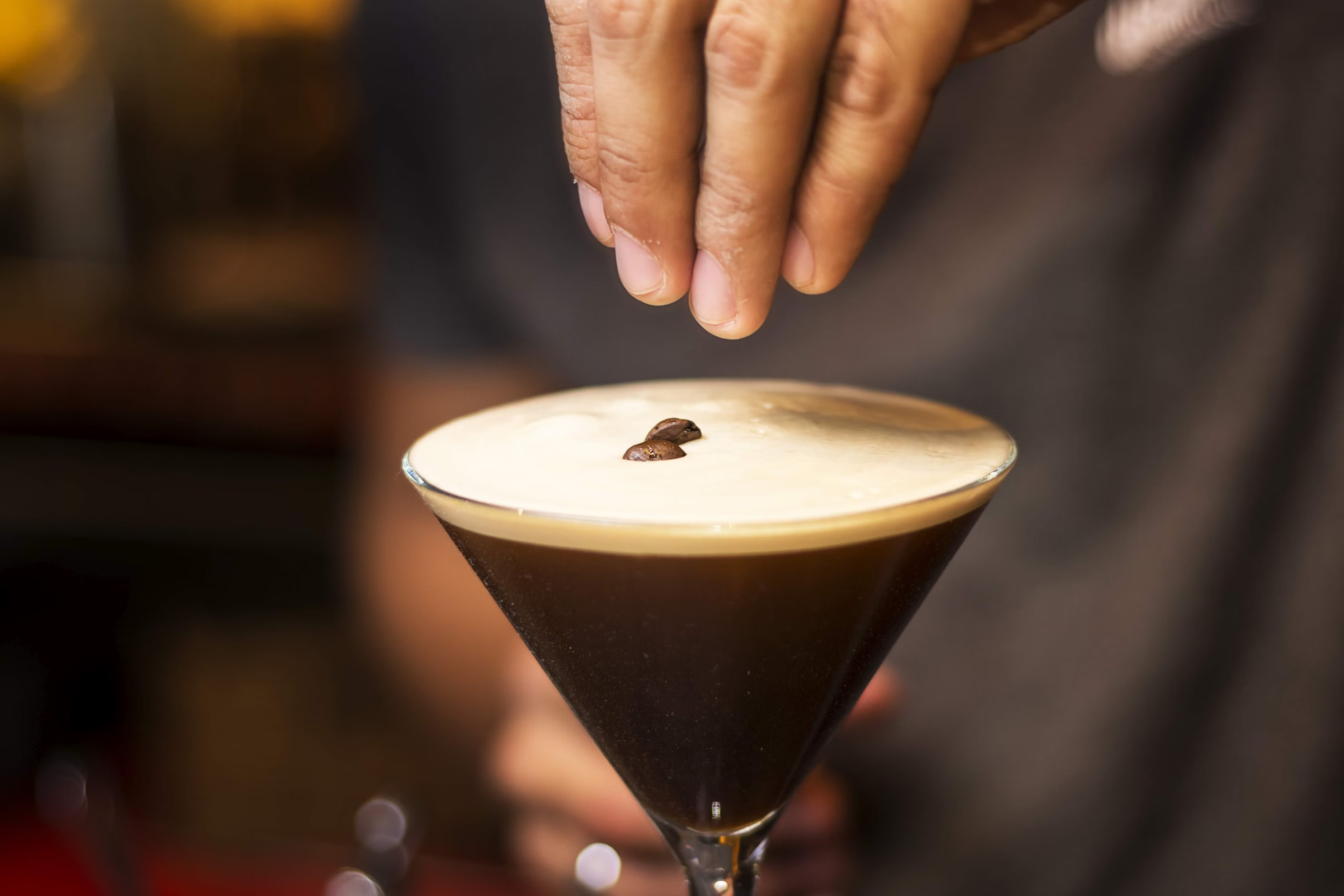Espresso Martini Calories: Sip Smarter
An espresso martini combines the rich flavors of coffee and the smoothness of vodka in a delectable cocktail. Often garnished with a few coffee beans, the drink is not just a visual treat but also a popular choice for those looking to enjoy a sophisticated beverage with a caffeine kick. The calorie content of an espresso martini can fluctuate based on the ingredients used, with a standard espresso martini containing approximately 190-200 calories in a 2 oz serving.

An espresso martini combines the rich flavors of coffee and the smoothness of vodka in a delectable cocktail. Often garnished with a few coffee beans, the drink is not just a visual treat but also a popular choice for those looking to enjoy a sophisticated beverage with a caffeine kick. The calorie content of an espresso martini can fluctuate based on the ingredients used, with a standard espresso martini containing approximately 190-200 calories in a 2 oz serving.
While the classic espresso martini recipe is a blend of vodka, coffee liqueur, fresh espresso, and a sweetener like simple syrup, variations exist to cater to different dietary preferences. Individuals seeking a lighter version of the cocktail might consider options like a low sugar espresso martini, which can contain as few as 100 calories. This adaptation is especially appealing to those mindful of their sugar intake or managing health concerns such as diabetes.
It's important for enthusiasts and occasional drinkers alike to understand the nutritional profile of their chosen cocktail. For example, choosing a low-calorie espresso martini recipe that incorporates zero calorie natural sweeteners instead of traditional simple syrup can significantly reduce the calorie count per serving. Knowledge of the calorie content in beverages like the espresso martini enables informed decisions that align with one's dietary goals, without compromising on the pleasure of enjoying a well-crafted drink.
Nutritional Profile of an Espresso Martini
When assessing the nutritional impact of an espresso martini, the key components to consider are the calorie content, macronutrients, and the drink's contribution to daily calorie intake based on a standard serving size.
Calorie Content and Comparison
An espresso martini typically contains vodka, coffee liqueur, espresso, and sometimes a sweetener such as sugar, which all contribute to its caloric content. The calorie count for an espresso martini can vary, but on average, a standard serving size is around 190-200 calories. A comprehensive guide suggests that some recipes can have up to 300 calories per serving. For comparison, this is similar to a glass of full-bodied red wine or a light beer.
Macronutrient Breakdown
Macronutrient-wise, an espresso martini offers little aside from its caloric content, primarily from carbohydrates. Nutrition facts from Nutritionix detail that a single serving contains approximately 12 grams of carbohydrates, with 11 grams of sugars, and negligible amounts of dietary fiber and protein. The frothy layer on top, often achieved with a small amount of sugar, adds to the carbohydrate content.
Impact on Daily Caloric Intake
Consuming an espresso martini can affect an individual's daily caloric intake. For someone following a 2,000-calorie diet, a single espresso martini could represent nearly 10% of their recommended daily intake. This percentage varies based on individual dietary needs and calorie-count goals. It's important to note that while enjoying an espresso martini may fit within a balanced diet, careful consideration of alcohol and sugar intake is advised.
Preparation and Ingredients
This section focuses on creating the quintessential Espresso Martini, exploring various ingredient options for customization and the final touches that enhance its sophisticated appearance.
Classic Espresso Martini Recipe
The classic Espresso Martini recipe typically combines vodka and coffee liqueur, such as Kahlúa, with freshly brewed espresso and a hint of simple syrup to balance the robust coffee flavor. Here's a breakdown:
- Vodka: 1 1/2 ounces
- Coffee Liqueur: 1 ounce
- Espresso: 1 ounce or 1 shot
- Simple Syrup: 1/2 ounce
To craft the cocktail, one should first fill a cocktail shaker with ice, add all ingredients, then shake vigorously. After shaking, swiftly strain the mixture into a martini glass.
Ingredient Variations and Substitutes
For those looking to tailor the recipe, there are several ingredient variations and substitutes available. Almond milk can serve as a creamy addition, while sugar substitutes or zero-calorie natural sweeteners provide low-calorie alternatives to simple syrup. Non-alcoholic options, like a coffee syrup, can mimic the coffee liqueur's flavor profile without the alcohol content.
Garnish and Presentation
The garnish and presentation of an Espresso Martini are as crucial as the drink itself, contributing significantly to its visual appeal. Classic garnishing includes three coffee beans, thought to symbolize health, wealth, and happiness. For those watching their intake, a dusting of espresso powder offers flavor without added calories, maintaining the elegant presentation of this celebrated cocktail.
Want more posts like this?Sign up for our FREE newsletter →